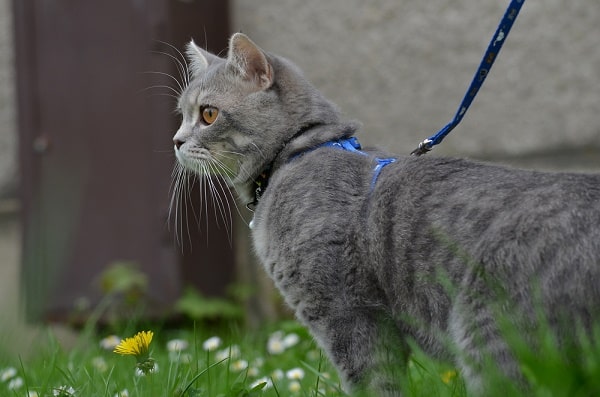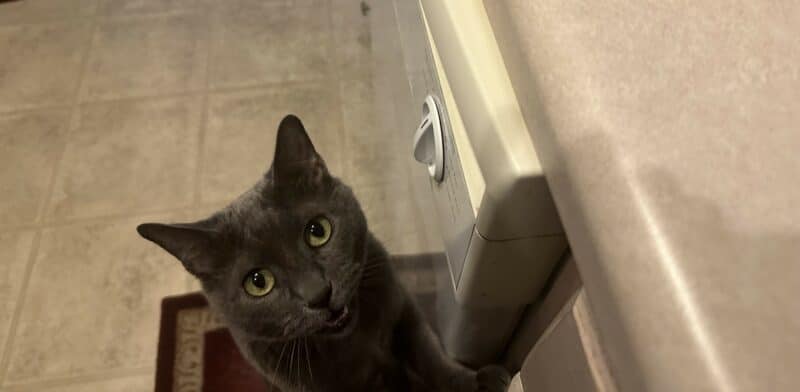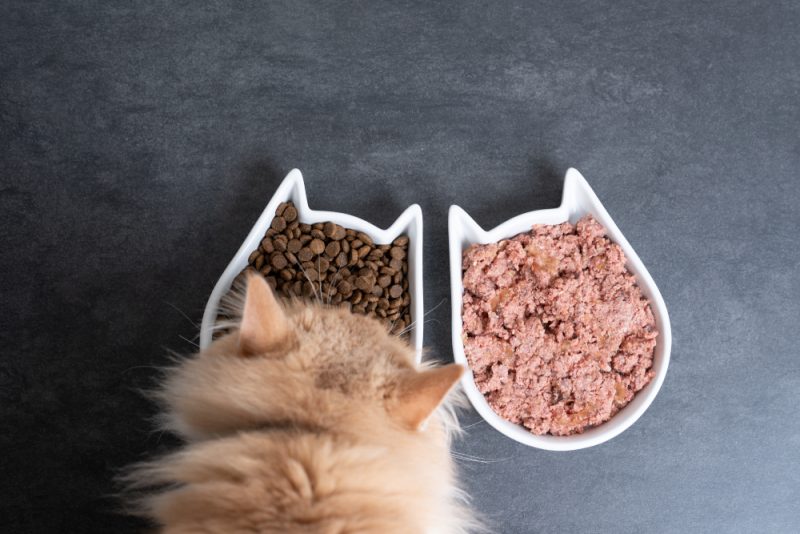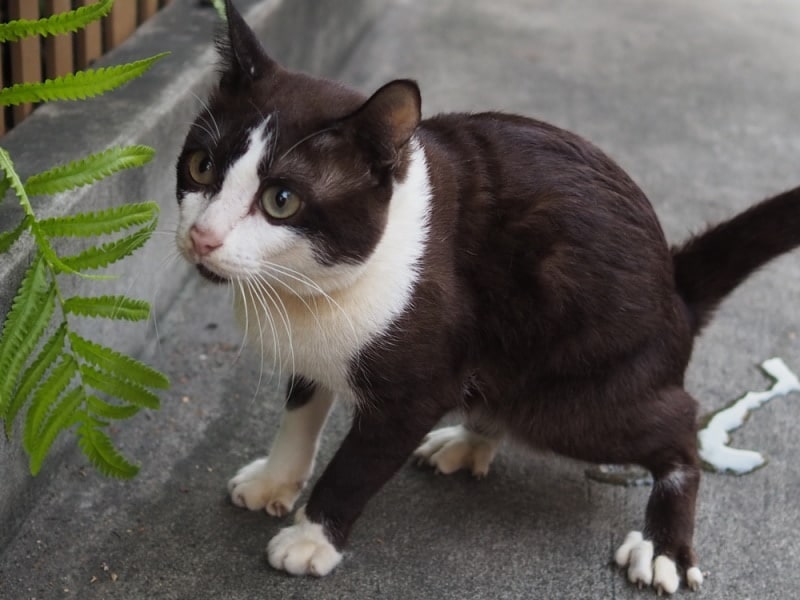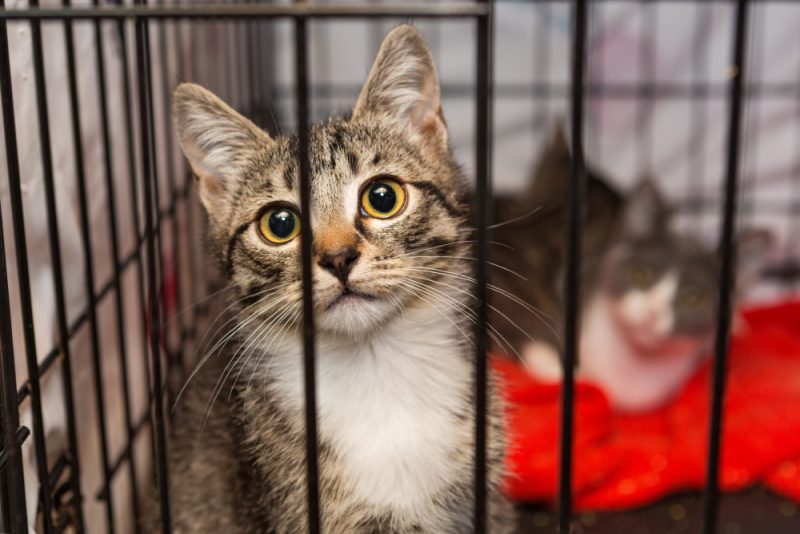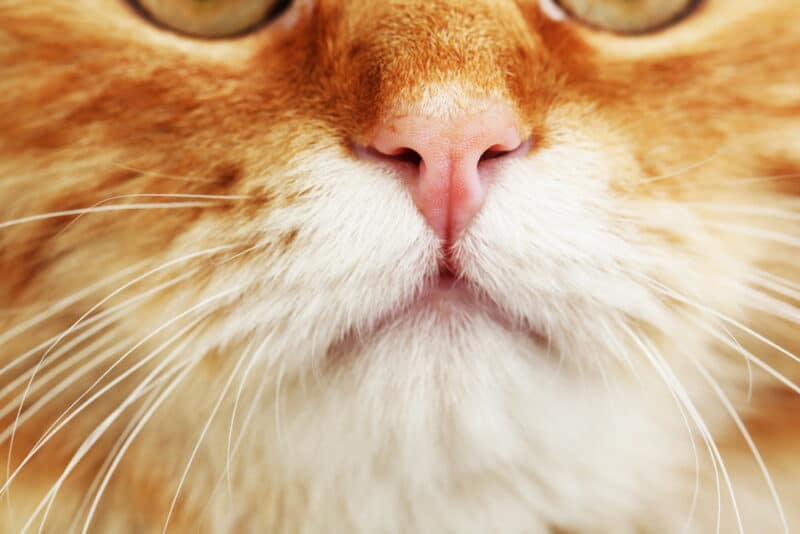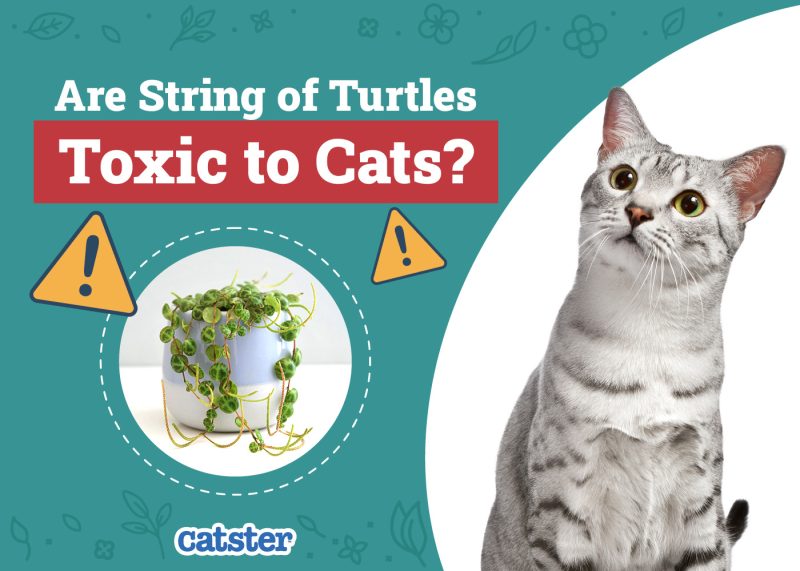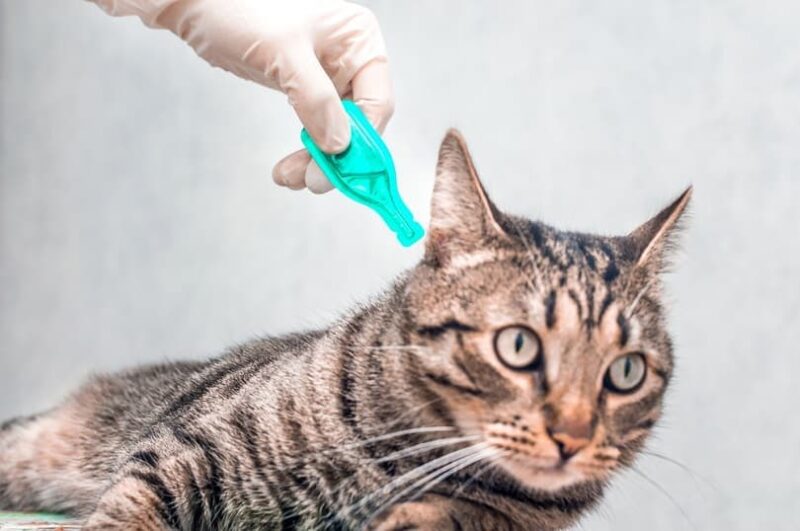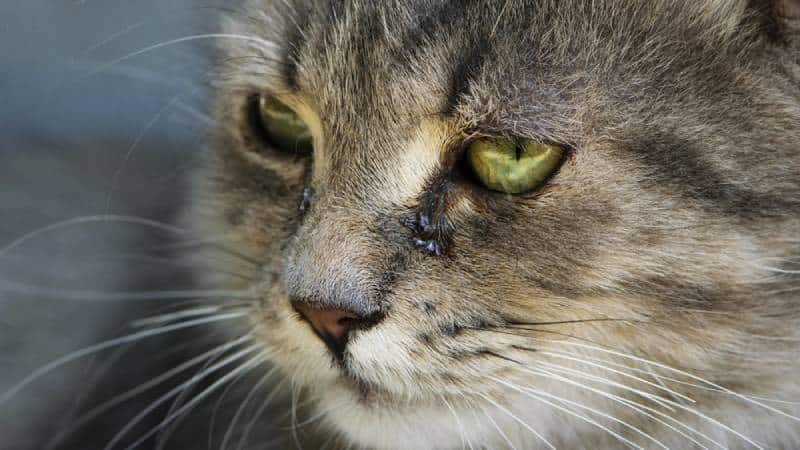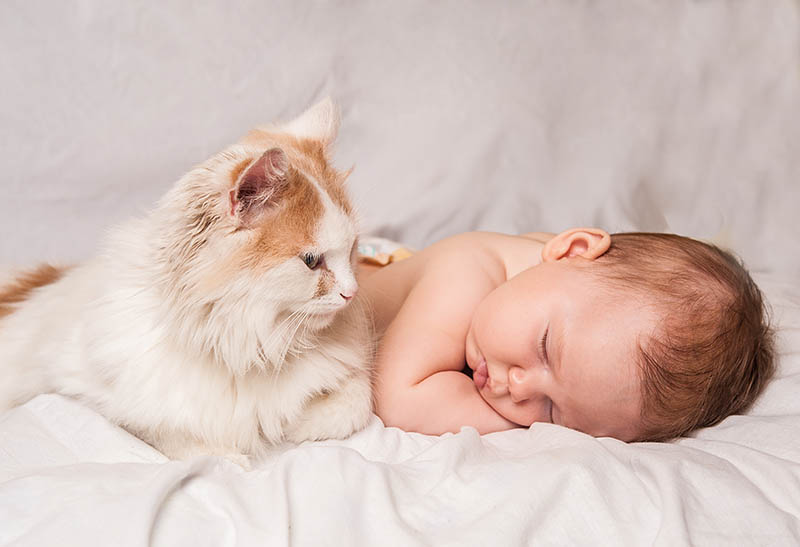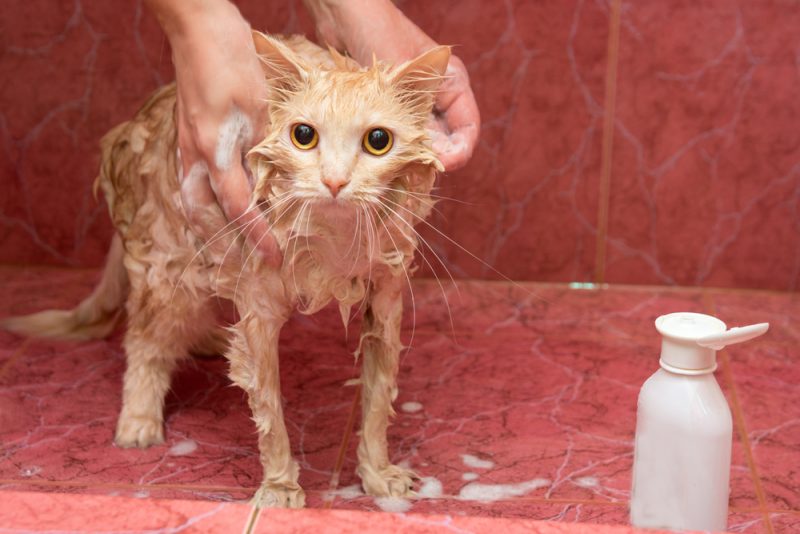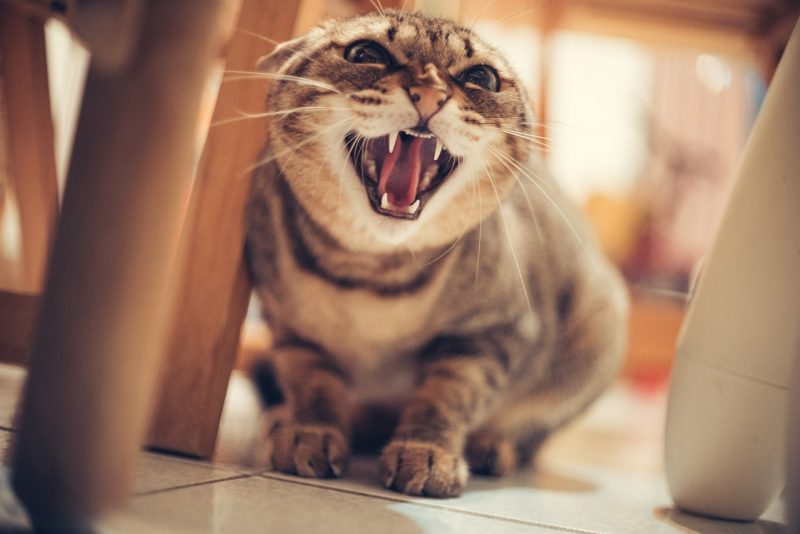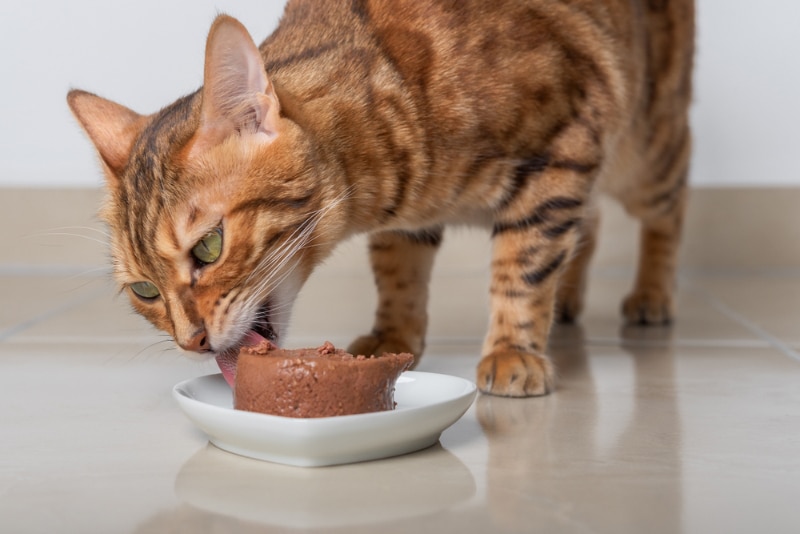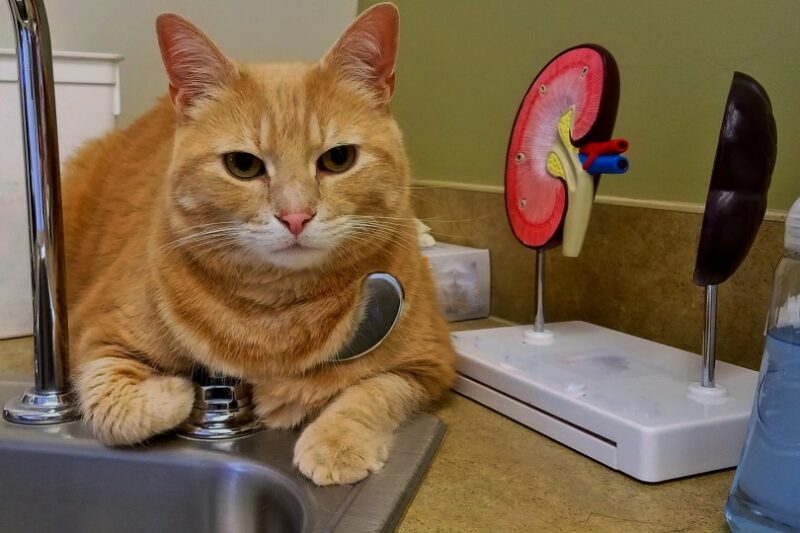You recycle your cans and bottles, you’ve replaced plastic bags with reusable totes, and you’ve switched to fluorescent light bulbs. While you do your part to become an eco-friendly household, there’s one family member who isn’t pulling her weight — and that’s your cat.
Luckily, it’s easy for kitty to go green without radically altering her lifestyle. Here are some simple tips to reduce your cat’s carbon pawprint.

How to Go Green With Cat Food
Green
When it comes to cat food, it’s easy to go green without even switching brands. You can help Kitty be more eco-friendly by favoring certain cat food flavors over others. According to John Robbins, author of The Food Revolution, it takes significantly more resources in terms of land and water to produce one pound of beef as compared to a pound of chicken.
So, when you’re at the store staring at the shelf and trying to decide which of the 15 flavors to pick, consider the ones that are lower down in the food chain. Choose chicken over beef. Look for seafood that is sustainably harvested, such as sardines or mackerel instead of tuna.
Greener
If you and your cat are ready to make an earth-friendly choice that can significantly improve the health of the planet, switch to a cat food made from organic ingredients. Certified organic foods are produced without synthetic pesticides or genetically modified ingredients, and the organic farming process helps to preserve the integrity of the land and water.
To truly be green, the majority of ingredients in the cat food should be locally sourced and processed. To find out if they are, contact the manufacturer by calling the toll-free number on the package.
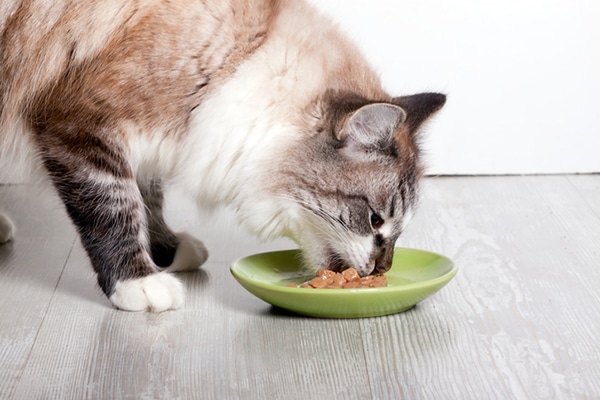
How to Go Green With Litter
Green
To cut down on waste, don’t use disposable liners or litter boxes, even if they’re biodegradable. You can keep your cat’s box fresh with daily scooping and washing it regularly with mild soap and some water. When you do need to replace the litter box, look for one made from recycled plastic.
Greener
Transition Kitty to an eco-friendly litter composed of renewable or recycled materials. These include litters made from corn, wheat, old newspapers and pine. If you want to eliminate the use of cat litter entirely, you can buy a kit to toilet train your cat, but only do this if it is safe to flush cat waste in your municipality.
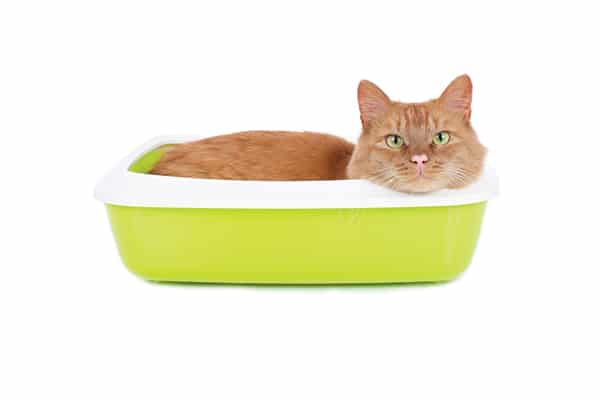
How to Go Green With Cat Toys
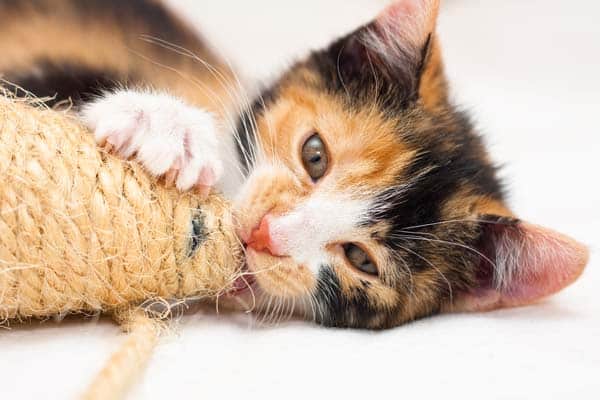
Green
Buy toys that are made from natural materials and filled with organic catnip. To reduce waste, choose quality over quantity and choose toys that you’re sure Kitty will enjoy. Cats are notoriously finicky, so if you buy something that you’re not sure your cat will like, chances are she’ll turn her nose up to it.
Greener
With a little creativity, you can make your own cat toys by visiting your recycling box. Toilet paper rolls can be cut into rings or short tubes for playing catch. Junk mail can be crumpled into paw-sized balls that are fun to bat across the floor.

How to Go Green With Your Cat’s Scratching Post
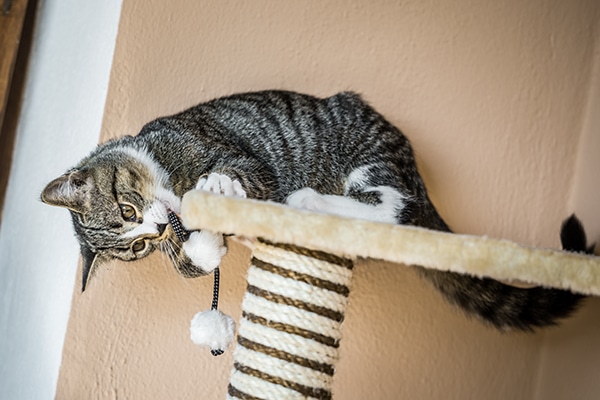
Green
Extend the life of your cat’s scratching post by vacuuming it regularly and routinely trimming loose threads. You can also try using cat scratchers made from recycled corrugated cardboard, which have the added benefit of being recyclable once they’re worn out.
Greener
For a fun afternoon project, recarpet your cat’s scratching post when it’s worn out. You’ll help save the environment and save yourself some money too. Carpet remnants can be purchased for a few dollars from a carpet store and you’ll only need some basic tools to remove and replace the old carpet. If you’re not feeling handy, a simpler alternative would be to wrap the post with sisal rope. Instructions for recarpeting a cat post are easily found online.

Once your cat has settled into her new earth-friendly routine, share your newfound knowledge and experience with fellow cat lovers. Greening the entire planet can start with just one cat, so take the first step today toward reducing your cat’s carbon pawprint.
Tell us: How are you and your cat going green this Earth Month?
Read more tips on Catster.com:
- 10 Ways to Deal and Get Real With Cat Hair
- How to Trim Cat Nails, and Why You Should
- 5 Tips for Controlling Cat Litter Tracking and Scattering
Featured Image Credit Dreidos, Shutterstock.
